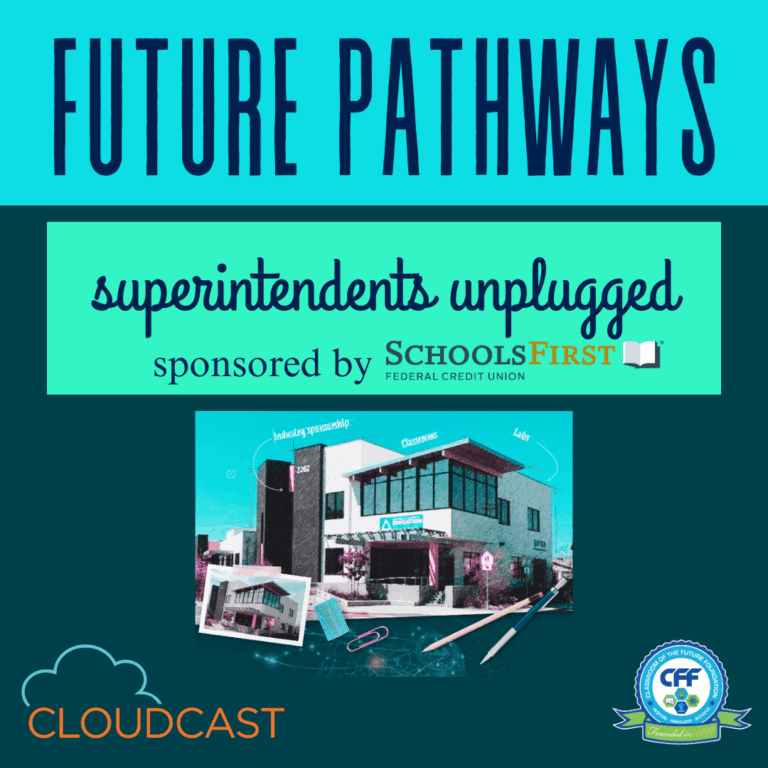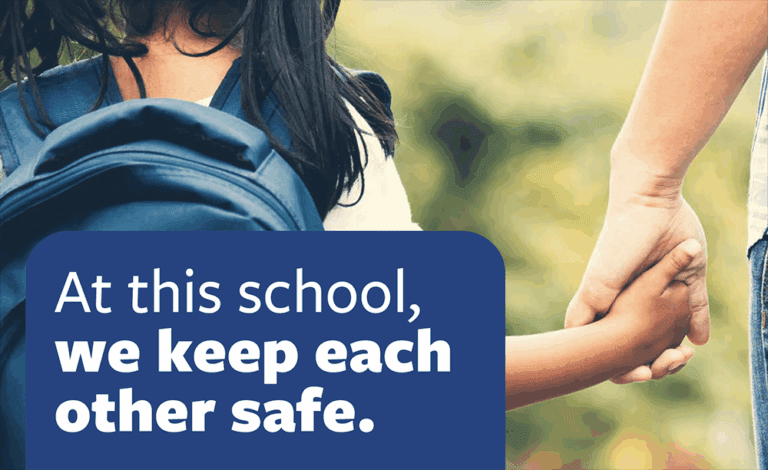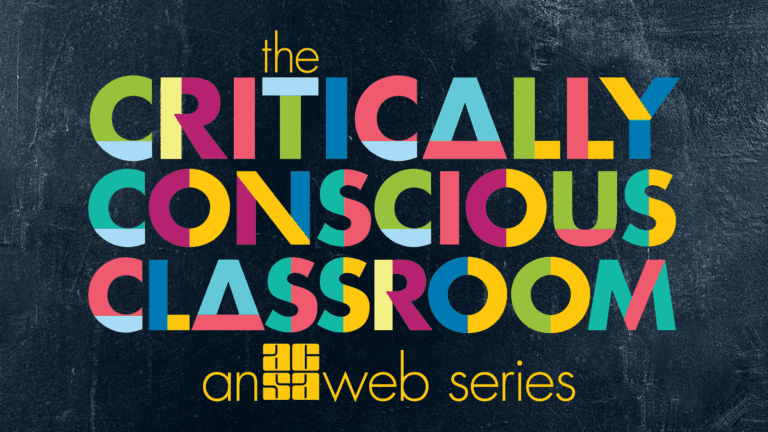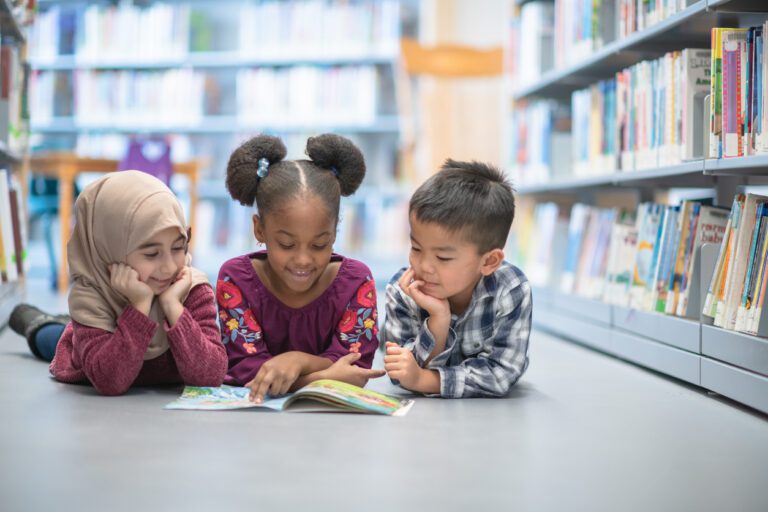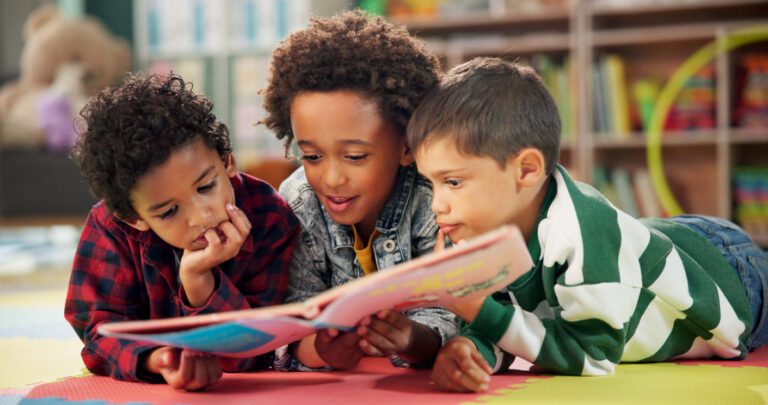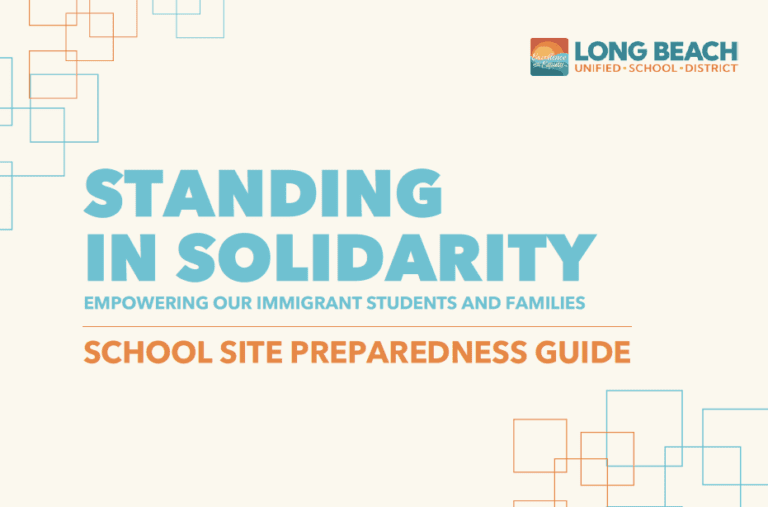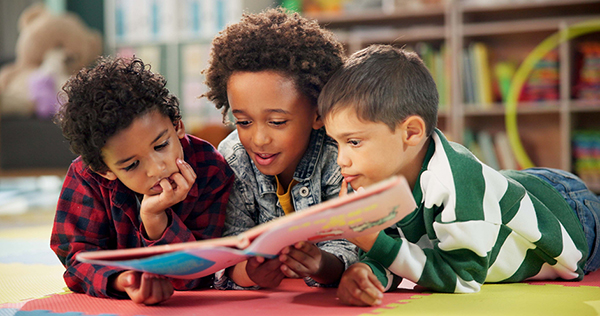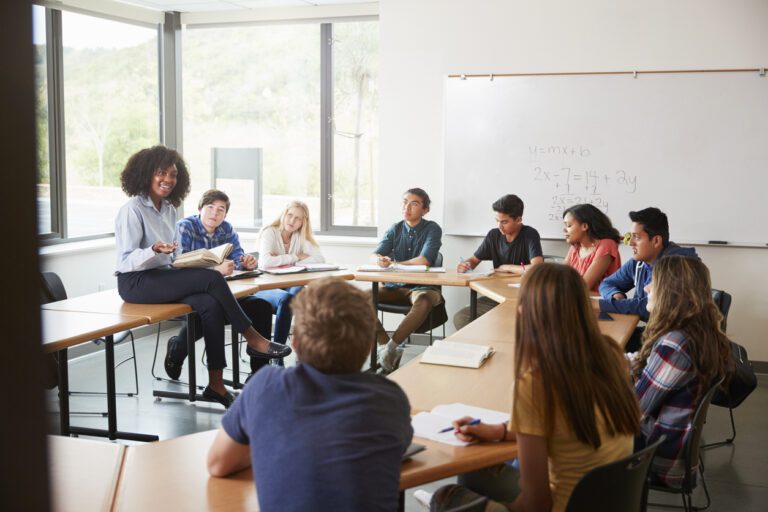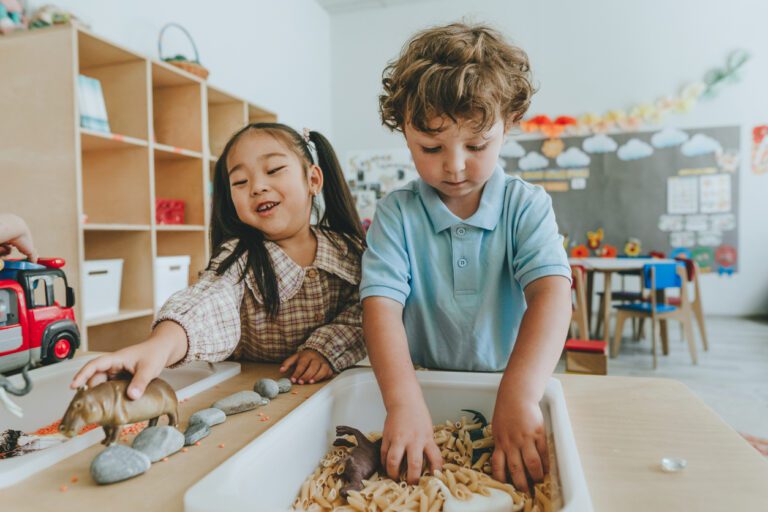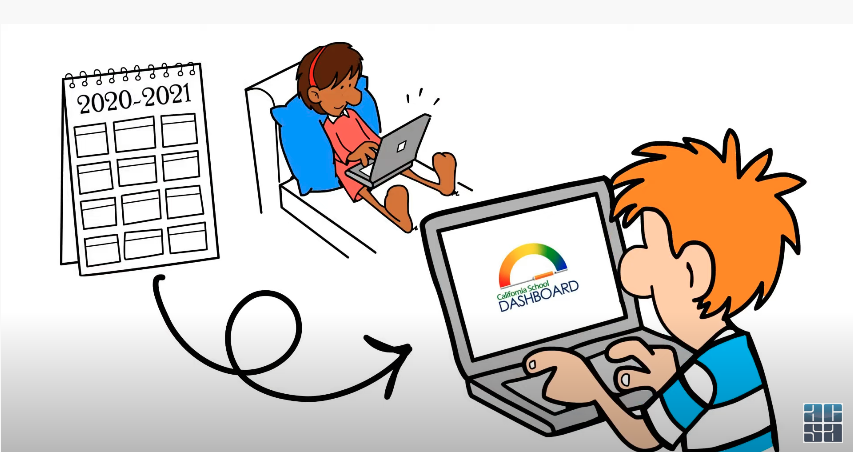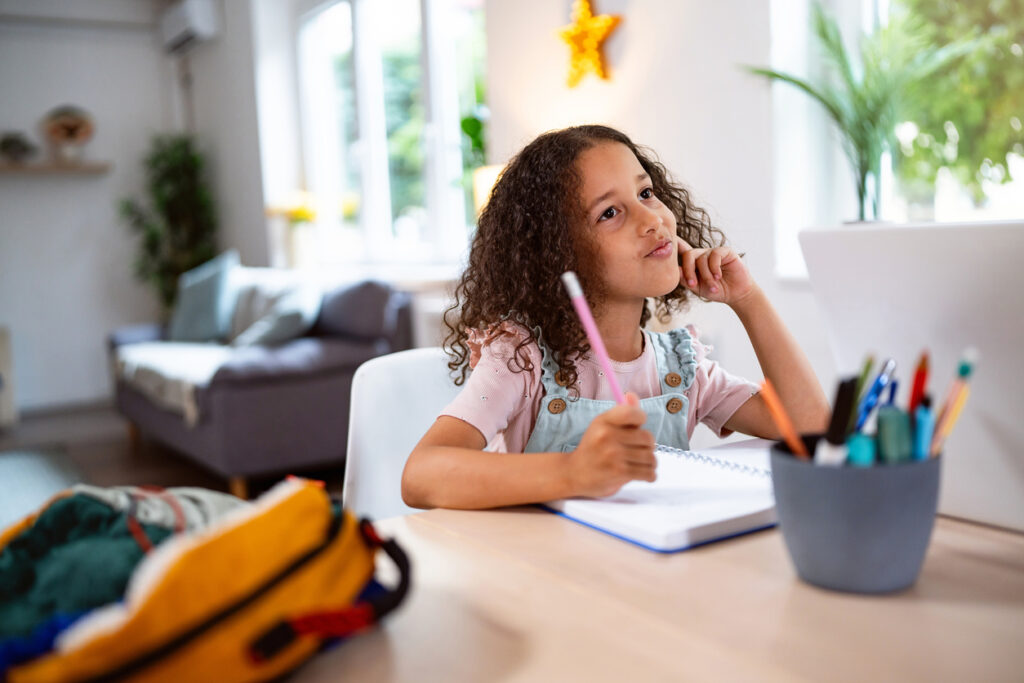
This resource is provided by ACSA Partner4Purpose Right At School and was written by Bonnie Hain.
As children approach middle school, they face a rapidly evolving landscape of academic challenges, social dynamics, and personal responsibilities. As educators, we establish a variety of means to help students navigate the transition from elementary to middle school successfully. One way to make the transition smoother is to intentionally build and implement curricula that develop durable skills that extend beyond traditional, academic classroom learning.
What are ‘durable skills?’
Durable skills are distinct from technical or subject-specific skills. While technical skills might help a student perform specific tasks or solve problems, durable skills are broadly applicable and crucial for long-term success. They support students in adapting to new challenges, engaging in effective teamwork, and thinking critically about diverse situations.
When children are in elementary school, beginning to grow durable skills before entering middle school not only prepares children for the complexities of their educational journey but also equips them with the tools to thrive in a diverse and ever-changing world.
Let’s dive into 5 durable skills that every child needs to cultivate before middle school:
#1: Self-Efficacy
The belief in one’s ability to successfully perform specific tasks or handle challenges, self-efficacy influences how people approach goals, tasks, and setbacks. When children have high self-efficacy, they are more likely to approach tasks with confidence, persist through difficulties, and engage actively in their learning, believing that their efforts will lead to success.
How can I help my students improve their self-efficacy? Break large tasks into manageable steps and celebrate each achievement to help build confidence. After completing a multi-step activity, discuss with your students what strategies worked well and what areas could be improved. Reflecting on their experiences helps students understand their strengths and areas for growth.
For example, you have likely shared a learning objective at the start of each lesson. Consider asking students questions like: “To what degree did you meet the learning objective? What helped you? What challenges did you face (and how did you overcome them)? What will you do next time/in the future?” Remember students learn through shaping behaviors, so if a student doesn’t meet an objective, praising what they did well and small changes to shape next steps learning can build self-efficacy and really support learning.
#2: Executive Functioning
A set of skills that help us plan, organize, and execute tasks, executive functioning is crucial for managing daily activities, problem-solving, and achieving long-term goals. In elementary school, students use these skills to complete schoolwork, interact with peers, and execute daily routines. A few skills included in executive functioning include remembering instructions, resisting distractions, adapting to change, engaging in tasks promptly, self-monitoring and reflection, and emotional regulation.
Tips for helping your students practice executive functioning skills: It’s important to remember that executive functioning skills develop over time and can be supported through practice and guidance. Educators can start by providing structured routines, clear instructions, positive reinforcement, and strategies to help their children develop and practice executive functioning abilities.
Your students might have their first book talk due and be unsure how to put the project together and prepare. By showing how to break tasks into parts, and follow through over the course of a few days, you can help your children begin to grow these skills.
#3: Creativity
A vital asset in problem-solving and innovation, creativity involves the ability to generate original ideas, think outside conventional frameworks, and adapt solutions to novel challenges. As a versatile and enduring capability, creativity enables students to navigate complex and evolving environments, fostering adaptability. Creativity enhances problem-solving by encouraging out-of-the-box thinking and promotes resilience, helping students positively cope with setbacks.
How can I encourage creativity in my students? Opportunities to inspire creativity are endless. Hands-on, open-ended activities provide students with the chance to foster an experimental mindset, use their senses, and discover the impact of trial and error on task completion. Manipulating materials used in science experiments and art projects allows students to visualize concepts, make connections, and develop unique solutions. Storytelling and imaginative play helps children expand their vocabulary and express emotions.
One fun way to encourage creativity is to ask your students how to use an object designed for one purpose in a unique, and still safe way. You can also ask your students to make up songs to help them remember key ideas and facts.
#4: Leadership & Teamwork
Leadership develops in a variety of ways. Whether front and center guiding a group of individuals toward a common goal or one-on-one helping another person problem-solve a homework assignment, leadership roles boost confidence and help in the development of effective communication. Team-based projects are a staple in school day and after school programs alike. Working on a group project teaches students how to collaborate effectively, respect diverse perspectives, and contribute to a collective goal. These experiences build interpersonal skills and an understanding of the importance of working cohesively with others.
How can an elementary student be a collaborative leader? Children can be collaborative leaders by actively listening to peers, sharing ideas openly, and encouraging everyone to contribute to group tasks. By demonstrating empathy, taking responsibility for their role, and helping to resolve conflicts, elementary students can guide their peers towards achieving common goals while fostering a supportive and inclusive environment.
At school, build leadership skills by giving children relevant jobs such as line leader, handout distributor, note taker, etc. These simple tasks build confidence in taking the lead and offer opportunities to help your children learn to lead with kindness and empathy (the old “you catch more flies with honey” approach).
#5: Communication
Effective communication is central to life. During the traditional school day, group discussions, presentations, and collaborative projects that require clear expression of ideas and active listening help children articulate their thoughts, negotiate with peers, and present ideas persuasively. These skills are invaluable in both academic, personal, and professional settings. Children express themselves through a tapestry of methods, from spoken words and body language to creative outlets like drawing and play. This diversity in communication reflects their unique personalities and developmental stages, allowing them to connect with others in multifaceted ways.
Two tips for helping your students communicate: To tap into your childrens’ diverse communication “sweet spots,” model a variety of strategies for gathering and sharing ideas. For example you can model a variety of note taking strategies and how to organize these different note taking means when creating a written or oral presentation using notes. Providing sentence starters is an especially effective model for young students whose oral language skills are just beginning to develop and for those students for whom English is a second language. Everyday, you’ll have opportunities to prompt stronger communication skills as you model and coach your students with gentle prompts of “I want,” “I’m feeling,” or “I need,” to get their communication energy flowing.
The Role of After School Programs in Building Durable Skills
Beyond the school day, after school programs are uniquely positioned to continue cultivating durable skills due to their flexibility and focus on experiential learning. Quality afterschool programs employ hands-on activities, real-world problem-solving, and collaborative projects that mirror the dynamic nature of modern workplaces. This environment encourages students to grow and apply their learning in practical, meaningful ways.
At Right At School we have developed the Junior Educator Program in response to older children seeking leadership opportunities. Through the Junior Educator program, 3rd – 5th grade students can become peer leaders.
Mentored by highly trained and experienced staff, students learn to plan, organize, and lead program activities, service-learning projects, and team-building activities. In doing so, Junior Educators learn and grow all of the durable skills noted, while modeling these same skills for their younger peers.
Bonnie Hain is senior vice president of impact at Right At School and an accomplished educator with a demonstrated history of leadership in the education management industry. With a robust background in both elementary and secondary curriculum development, Hain has demonstrated exceptional expertise in designing and implementing comprehensive professional development programs for educators. She has been instrumental in Right At School’s mission to offer high-quality, safe, engaging, and enriching extended day and after-school experiences with a focus on durable skills.






